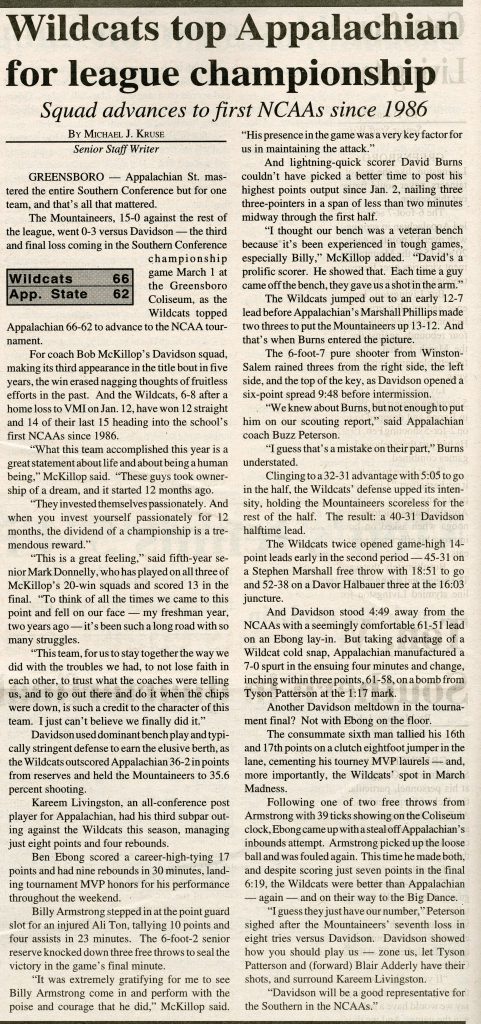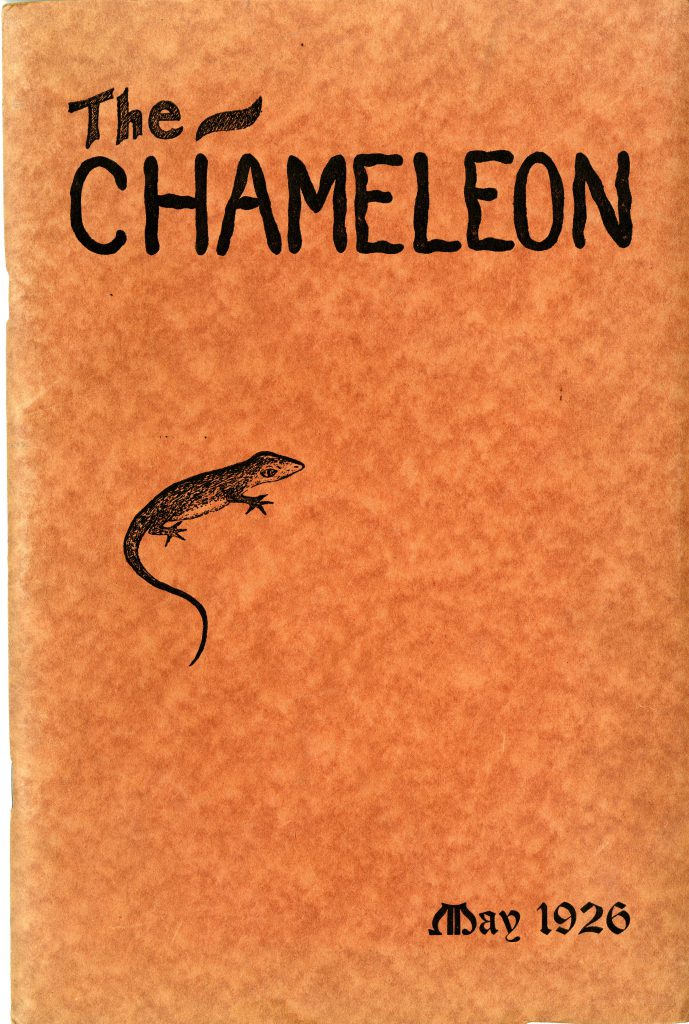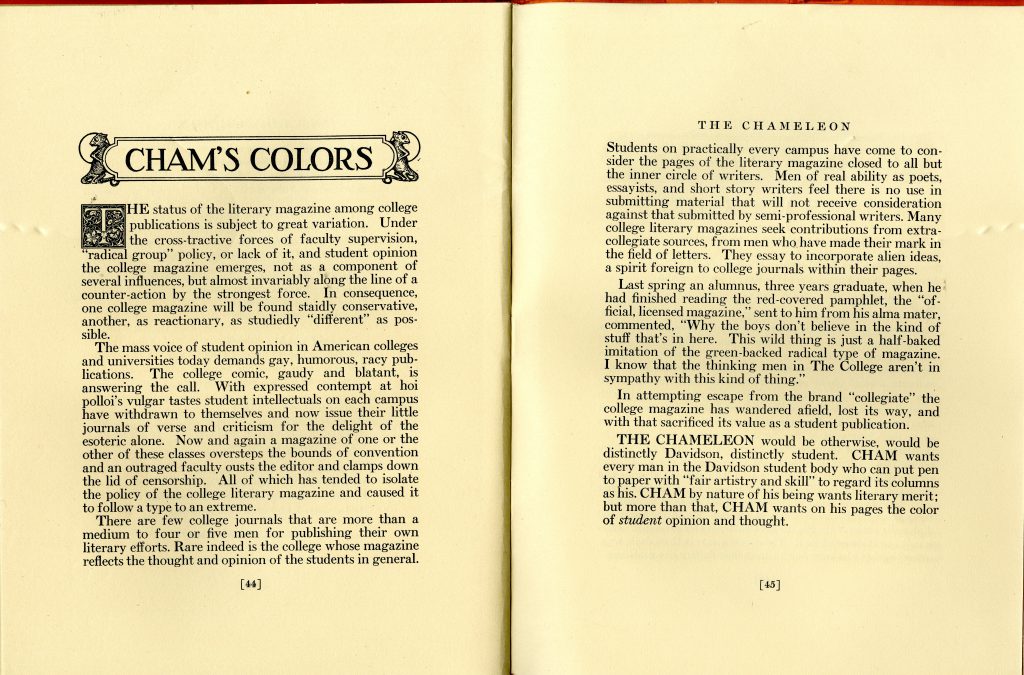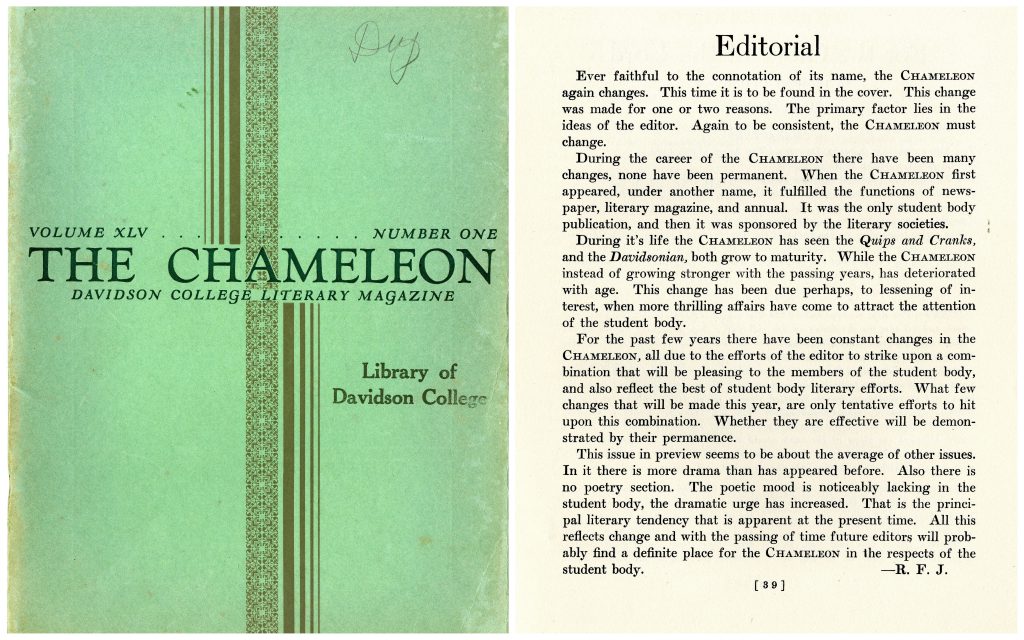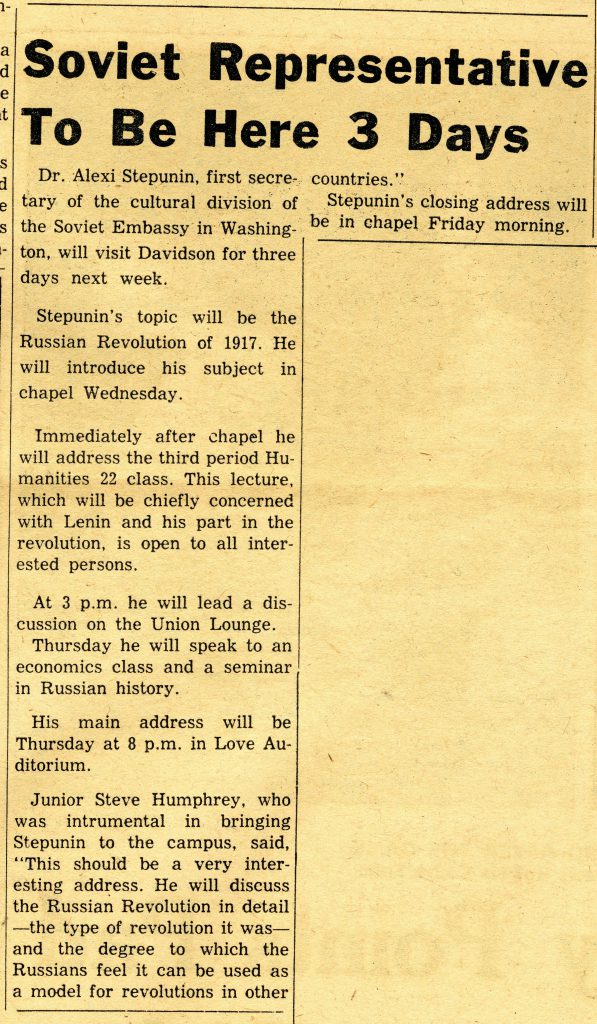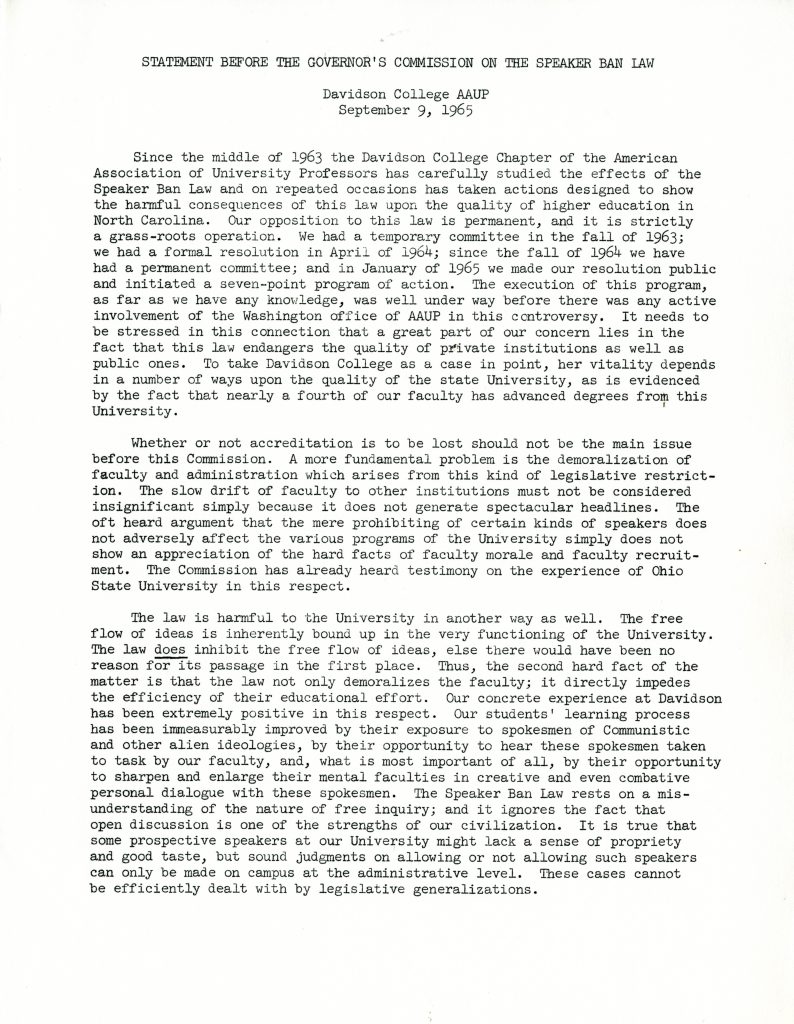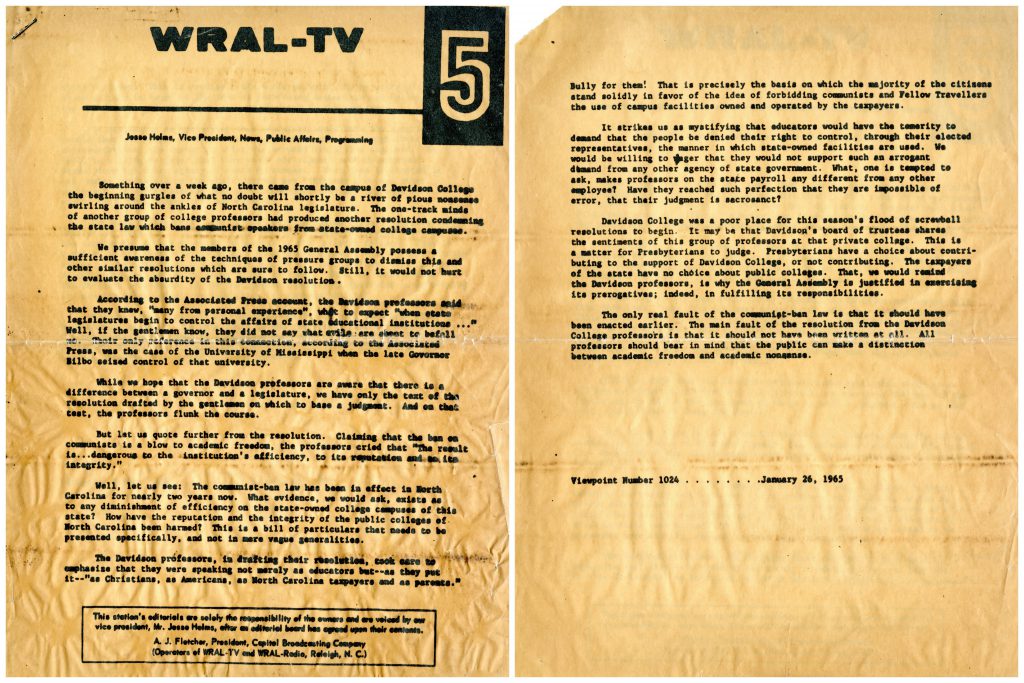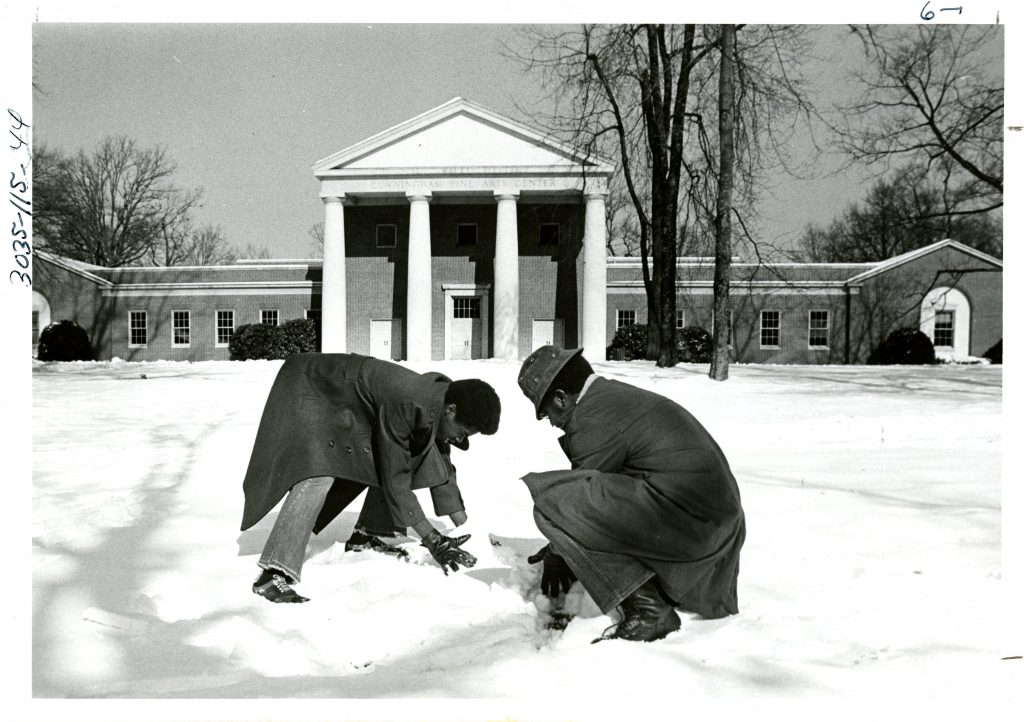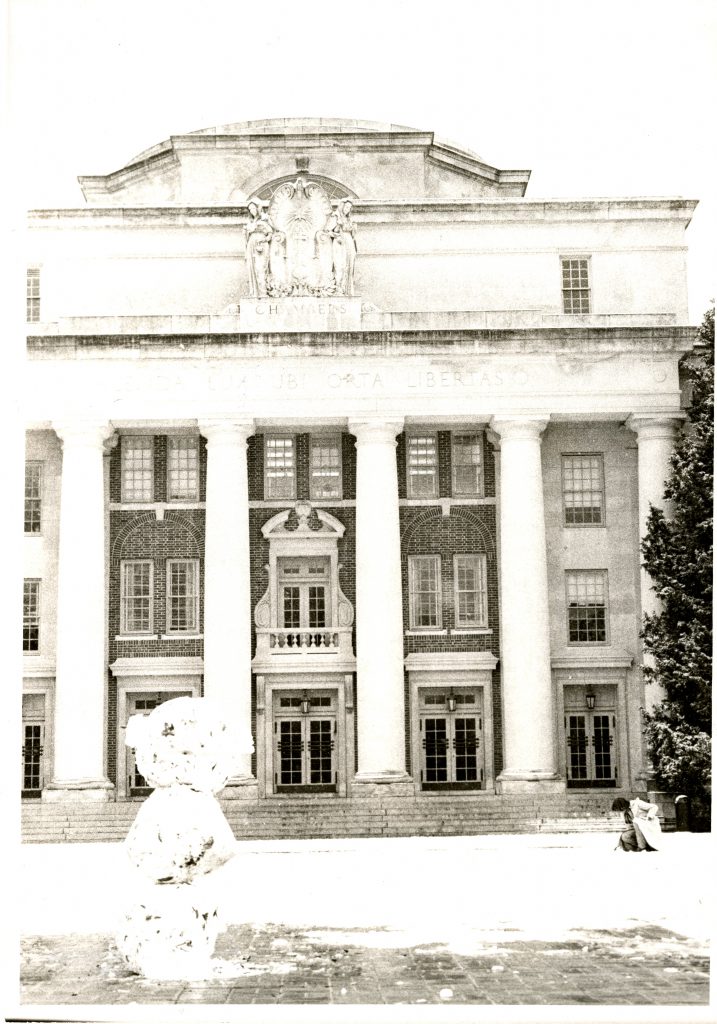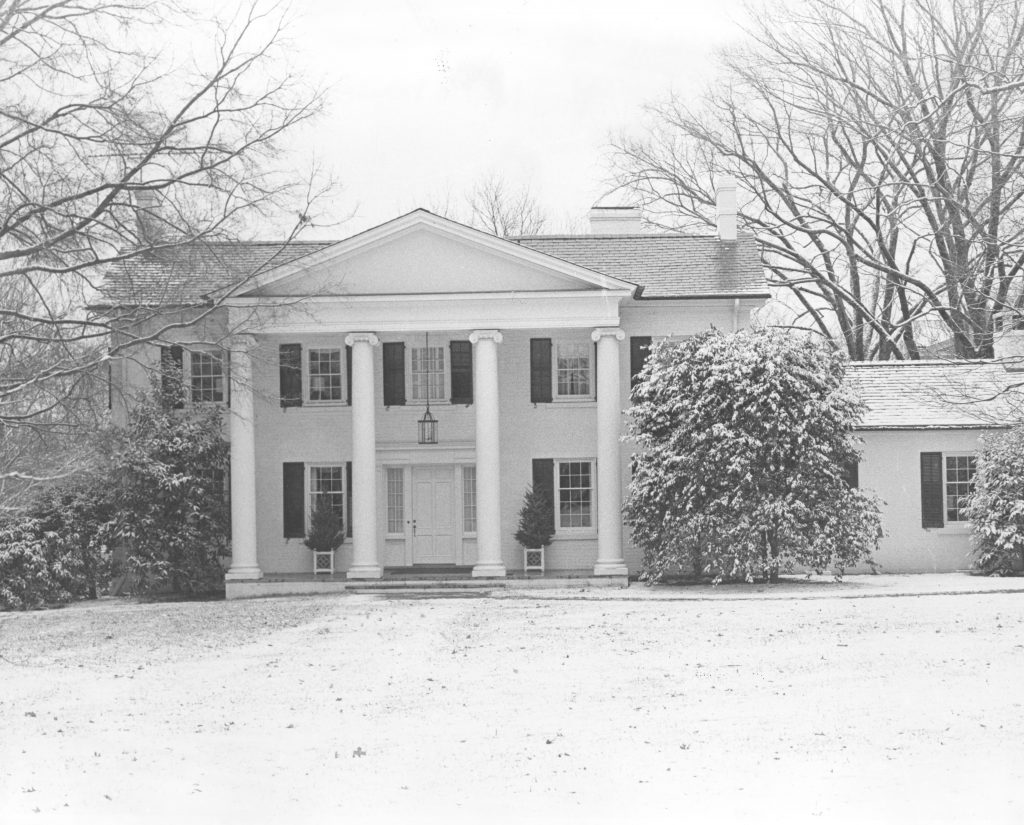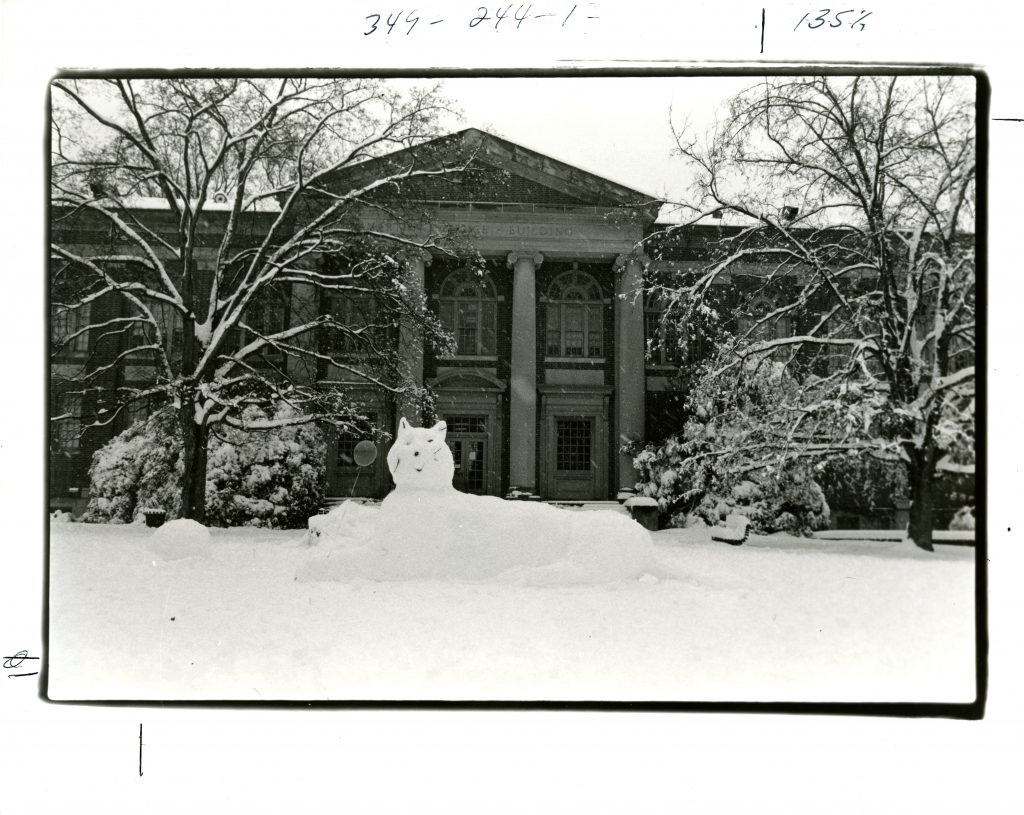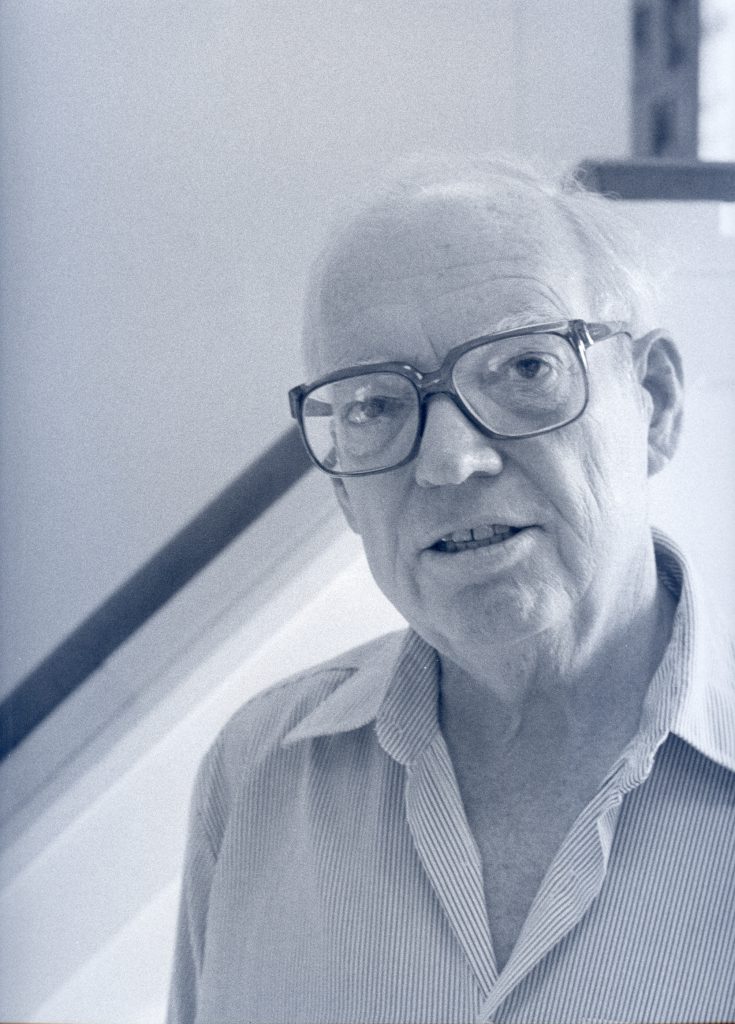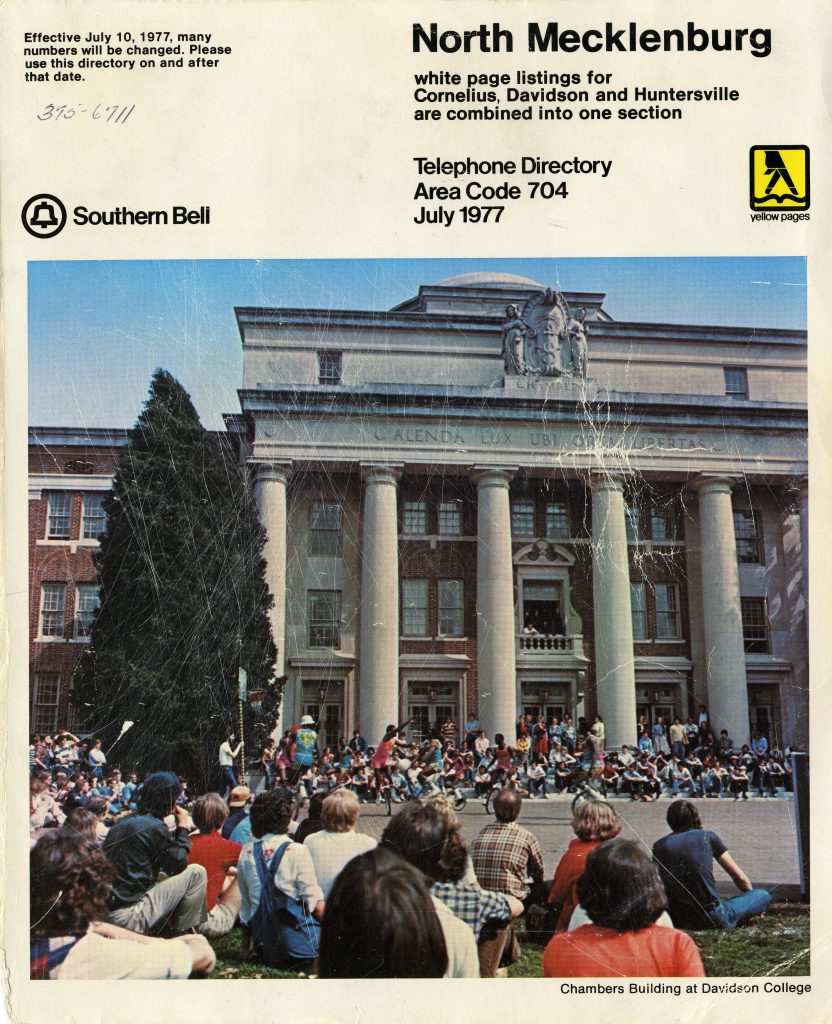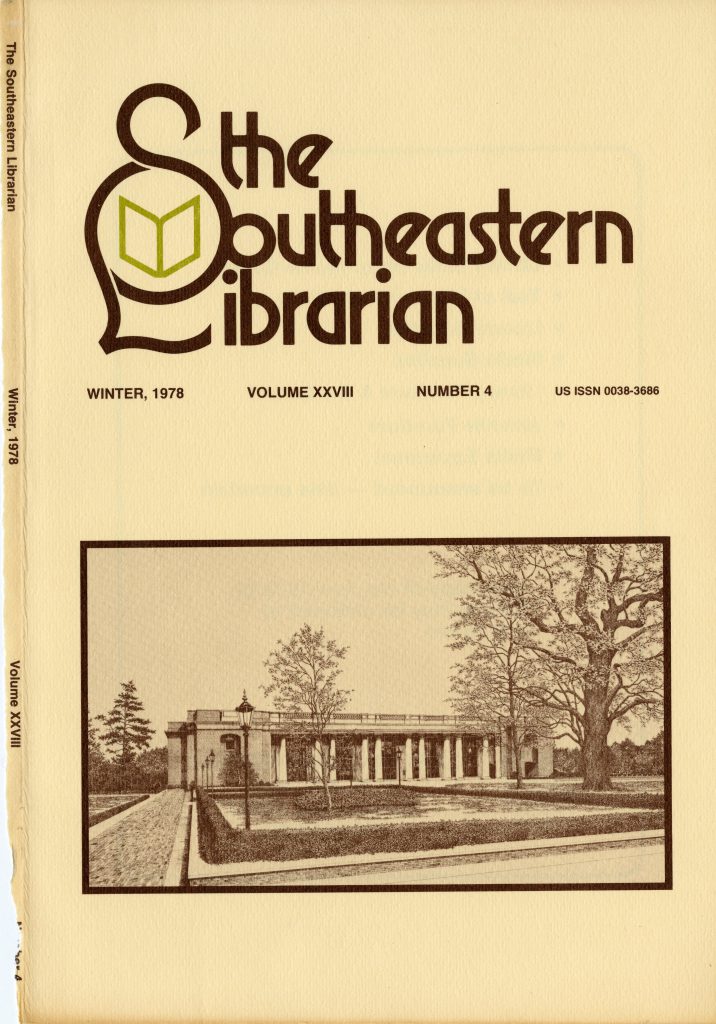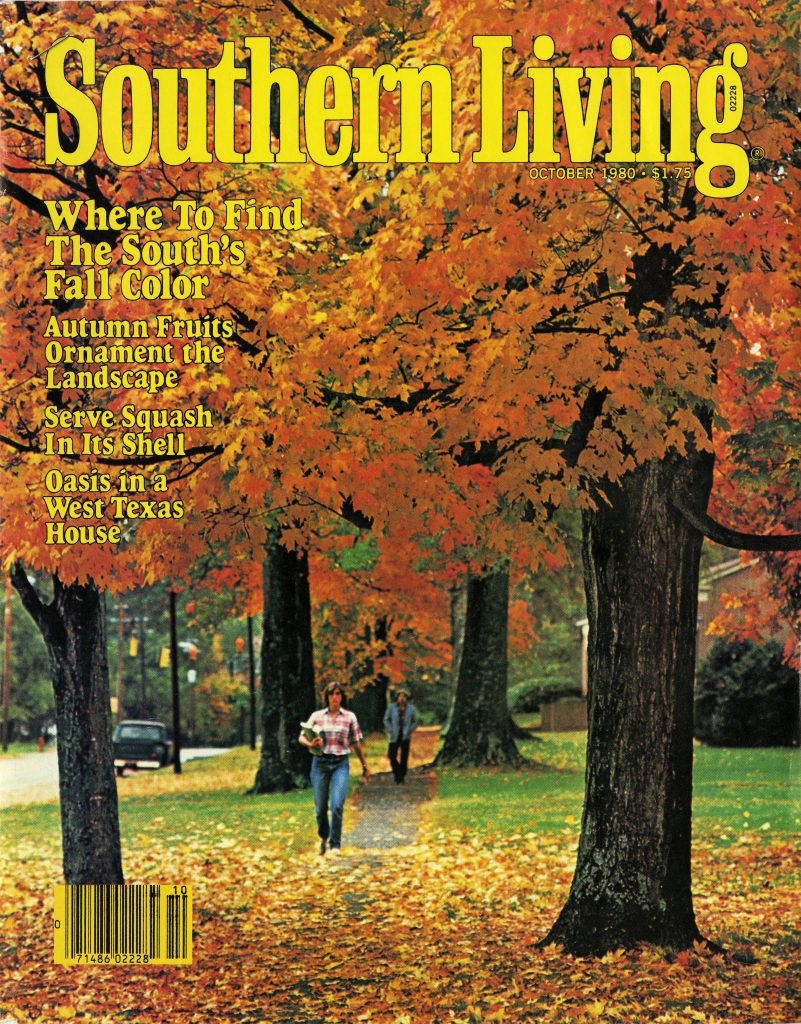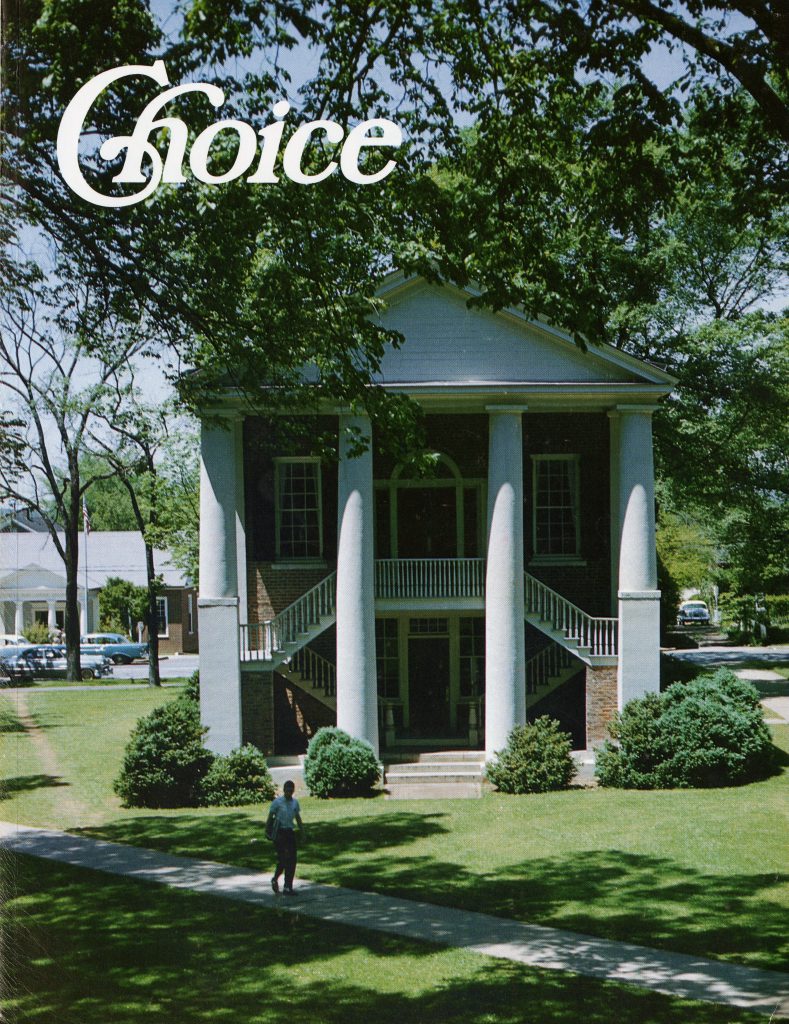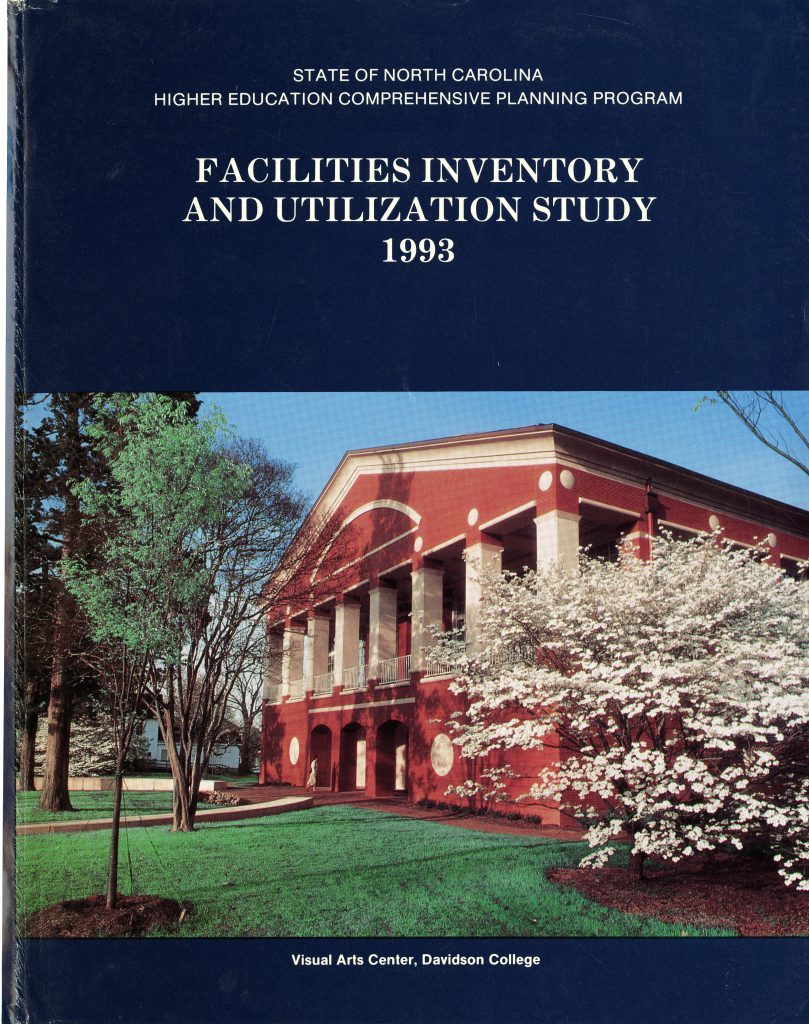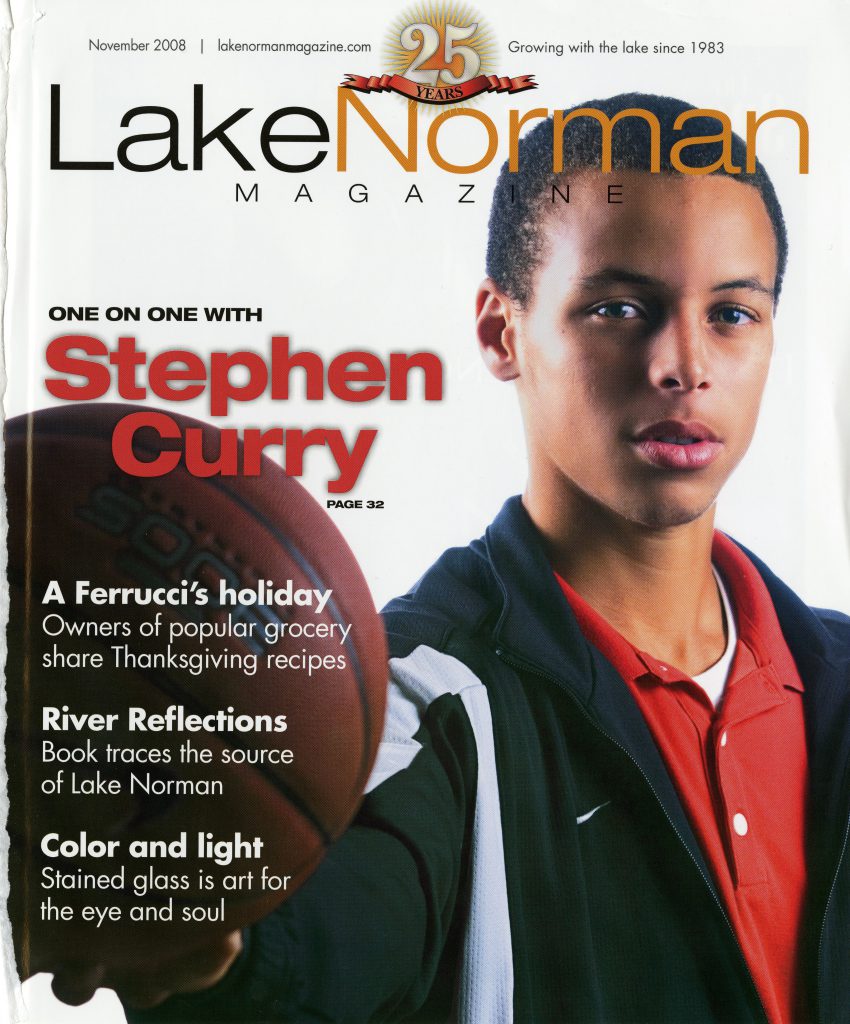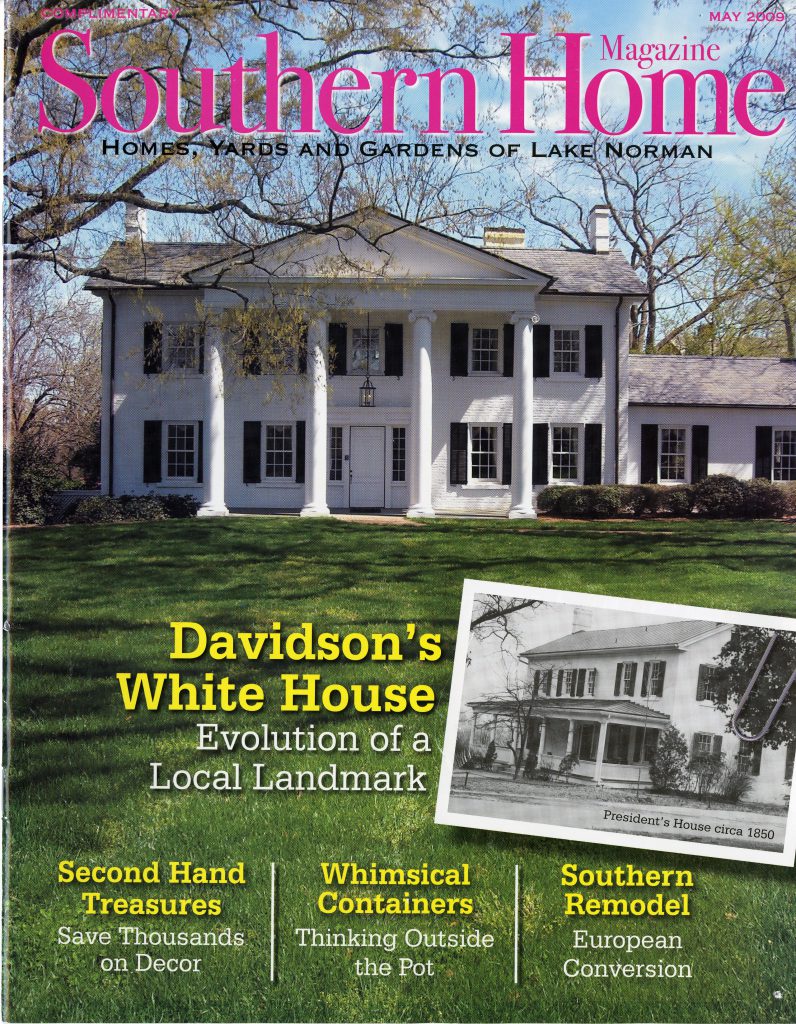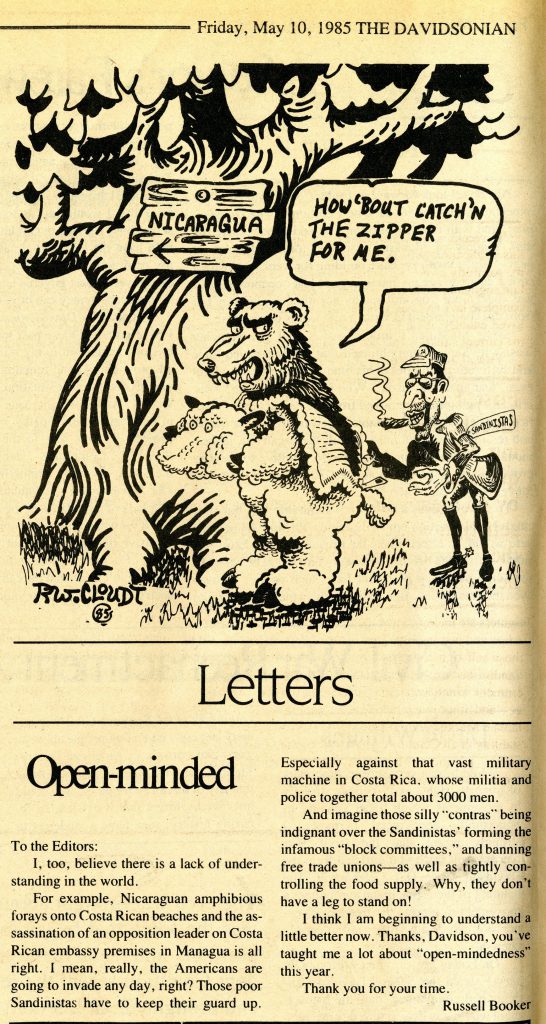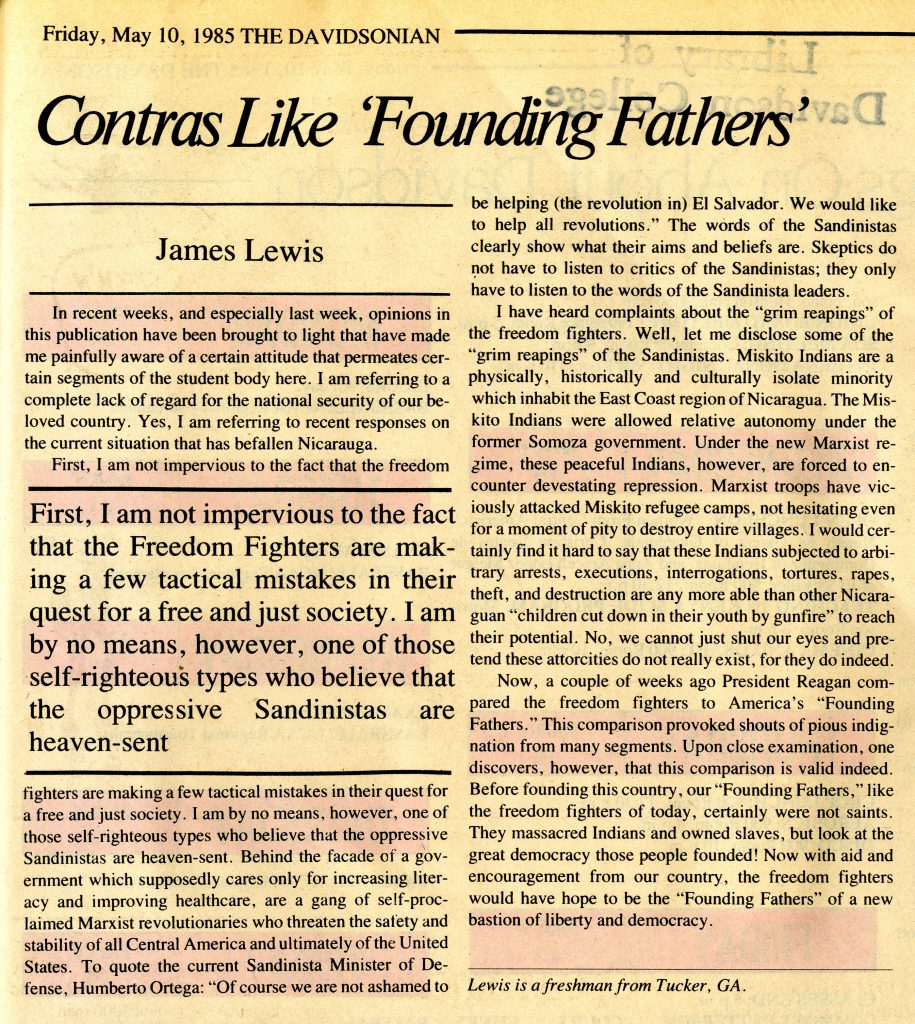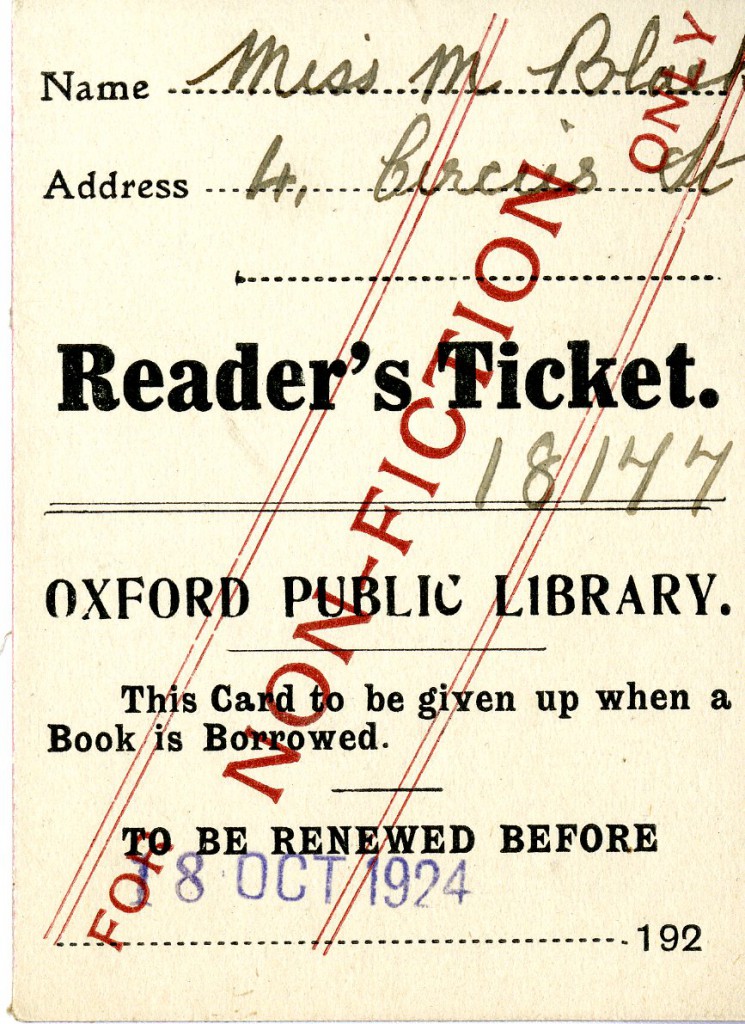The thing about disability is that it affects everything in your life. I spent years trying to pretend I didn’t have a physical disability, that it didn’t affect me or the things that I do in any way, fighting against the idea that my body would not be able to carry out the things that I wanted to do.
I first realized that this would be a problem in February 2016. I was on a course trip to Berlin with a fantastic group of professors and students, studying Holocaust memory by encountering sites first-hand. When the week was nearly out, I pulled my Achilles tendon badly and had trouble walking. I was in a terrific amount of pain, but I tried to walk on it for about a day anyway. Because I was on this trip and had committed to attending meetings and discussions, because I wanted to be at those discussions, and because I had trouble understanding that being in pain might mean I had to limit myself in any way.
I’ve been in pain for so long that I can’t remember a time when I didn’t ache. I remember dosing myself on Children’s Motrin when I was in middle school, trying to numb the aches that I assumed were par for the course for a competitive figure skater. In that world something was always tweaked or sore; it was normal to have some pain. I never thought that what I was experiencing might be worse than it was for others, and frankly I still don’t know whether it was. I wouldn’t get a diagnosis for nearly another decade.
The pain began to get worse during my mid-teenage years, but I never let it stop me. I developed chronic tendonitis in both ankles the summer I was 15, and even though the rink trainer told me it was an overuse injury, it never occurred to me to stop practicing. Instead I wore gel sleeves around both ankles, designed to keep the tendons warm, and took more OTP pain relievers. I still have those gel sleeves – I used them for my Achilles when it was injured last year.1
I have more injuries from those years than I can count. I once broke my ankle at school while running down a flight of stairs to a class I was late for; I assumed it was twisted and walked and skated on it for a few days before my mother noticed my limping and insisted I get it checked out. I had to wear an aircast for over a month and would miss the biggest competition of my season; it turned out that it wouldn’t matter, because the competition was scheduled for September 16, 2001 in Manhattan. It was cancelled. I tried to conceal my injury as much as possible – I guess in order not to admit weakness or seem different in any way. I worked on walking as normally as possible, concealing my limp and refusing to use crutches or a cane. I had more broken foot bones, broken ribs, shin splints, toepicks-imbedded-in-knees during those years then I could tally. We all liberally applied Tiger Balm as a cure-all, all had permanent purple rings around our ankles where our boots ended.2
By my senior year in high school I was reconsidering the whole figure skating thing. In those days, if you weren’t on the senior competitive circuit by 16 you weren’t going to have a career in the sport. I had spent years pouring all of my energy into a chimera and didn’t know what I should do next. Quitting seemed natural, although it took me over a year for that to actually stick. A year after that I noticed a weakness in my left knee – it couldn’t always hold my weight, and there was a sort of burning pain under my kneecap that wouldn’t go away. I would hit my knee with a hardcover book until it became numb, so used to mitigating pain that I didn’t think of the consequences of ignoring it.
When I finally dealt with the fact that the pain was becoming permanent, I began seeing doctors. It took another two years, but they thought they knew what was wrong with me. Arthroscopic surgery ended up proving the doctors’ theory wrong, and we went back to the drawing board.
Of course, the other parts of my life didn’t stop during all of this. I began college. I dropped out. I traveled a little and worked a lot. I went back to school. I graduated. I hurt my back terribly that last semester and still don’t know how; I wrote my thesis propped up on pillows and dulled by Vicodin. I didn’t consider any of this abnormal – it was simply how my life has always worked.
Years went by, the pain came and went. I separated my physical body from my daily life as much as possible, as bizarre as that sounds. I went to graduate school, was fortunate enough to have a few years without intense pain spikes, as well as flexible work schedules that allowed me to work around any incidents. I took it for granted that others would be understanding about my disability,3 that they wouldn’t see my physical incapability as symptomatic of a lack of desire or inability to work, that others would see me the way I saw myself – a brain separated from a body.4
This fall a new chronic disability emerged, one both separate from and connected to my decades long struggle with osteoarthritis. The diagnosis is still being workshopped, but it looks as though I have degenerative disc disease, or some other serious disc problem. My neurospine specialist, one of a team of people who work on trying to mitigate my symptoms, was surprised the first time he saw my MRI. “You’re awfully young for this,” he commented. You’re telling me, doc.5
Yesterday afternoon I received a second round of nerve blocks injected into my spine. Each time I do this I have to sign a release saying, among other things, that I won’t “make any major life decisions within 24 hours of the procedure,” which… seems odd to me, but OK. All of this seems self-pitying, whiny, beneath dignity somehow. I know I’m very lucky in many ways – lucky to have a body that appears to conform to norms, lucky to have health insurance that covers anything at all,6 lucky to be years away from back surgery, lucky that none of this is worse.
I feel this urge to get in my car and drive as far as I can, wake up in a new place, as a new person, with a new body. But that’s not how this works. Back in Berlin in February 2016, I sobbed for nearly an hour when I realized I couldn’t just tough through that Achilles injury – large, body-wracking sobs that I couldn’t stop. I didn’t want to have this body that seems as fragile as glass, that kept me from things it seemed everyone else could do. I didn’t want to worry that taking long walks, or standing for too long, or sitting for too long, or crossing my legs, or sleeping without a pillow under my knees, or trying rock climbing that one time, or taking a demanding yoga class might mean I would not be able to walk the next day, that I would be limited in ways that seemed unfair, unjust. But it is what it is; this is the body I have.
I meant to write about what it is like to have permanent, incurable, degenerative disabilities, what it is like to live with chronic pain. Instead this feels more like a confessional of all the ways I’ve hid and denied my disability, all of the ways I’ve felt sorry for myself for even having to deal with it at all. Today my pain is distinctly uncomfortable, soreness from the injections running down my low back and legs adding to the constant knee, ankle, hip, shoulder, neck, and mid-back pain. It’s not excruciating, though – the last year or so has taught me a lot about what level of pain I can be in and still function normally, and what unbearable pain is.7 In a few days I’ll wake up and the nerve blockers will have kicked in and the soreness from the injections will have faded, and the pain will seem manageable again, at a level that lets me hide it from view. I’ll go back to pretending to be a person with a whole, undamaged body, hiding my limp as much as possible and always telling everyone I am “fine,” in the way that only a stubborn jerk with decent healthcare and an invisible disability can. I’m trying to be better, to admit my weaknesses and be open about my pain, instead of wearing flowy tops so no one will see the icepacks tucked into my waistband, trying not to clutch my lower back and insisting that I am fine, perfectly OK in fact, instead of having difficult conversations. I’m trying, but it’s hard.

